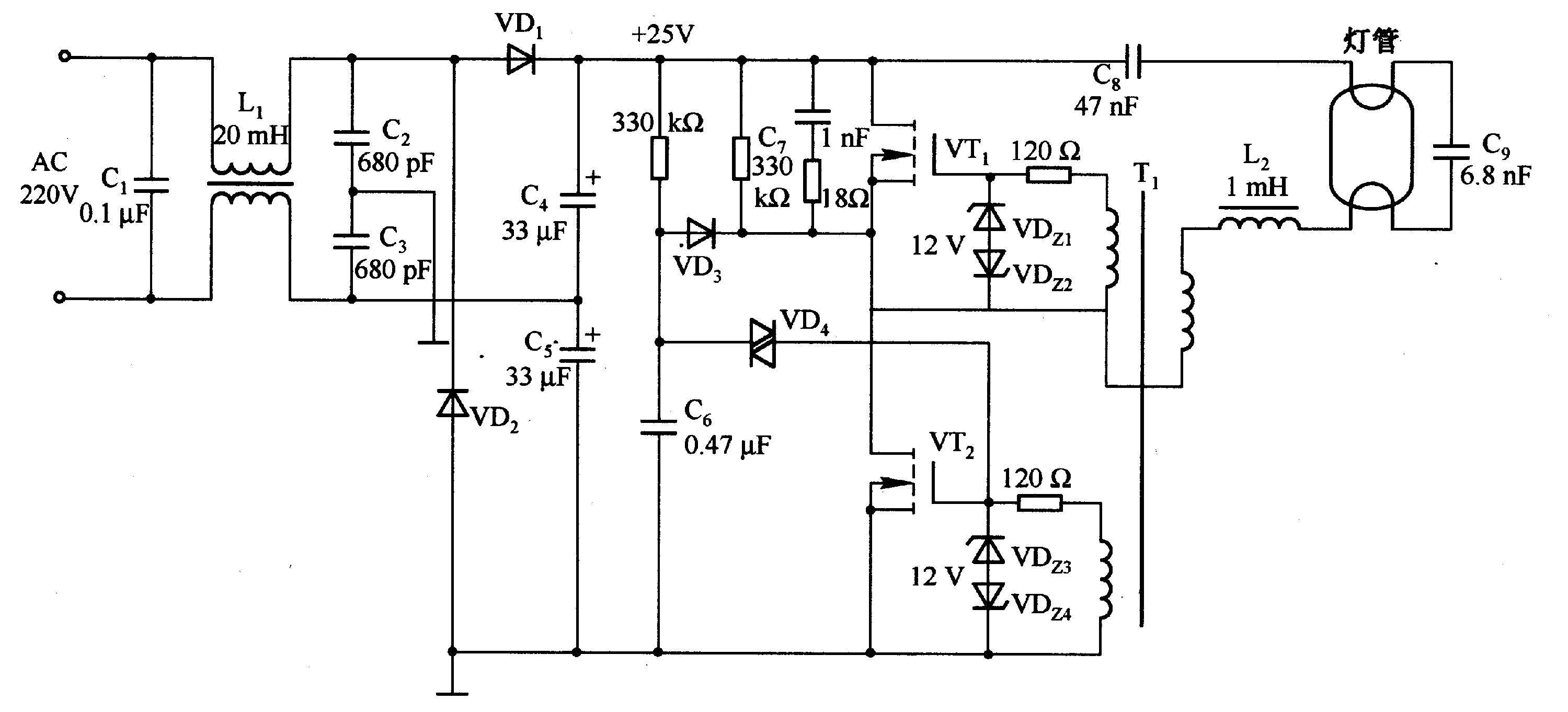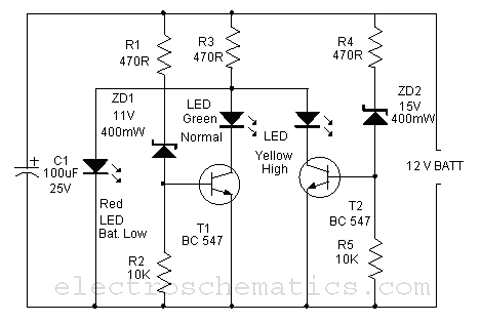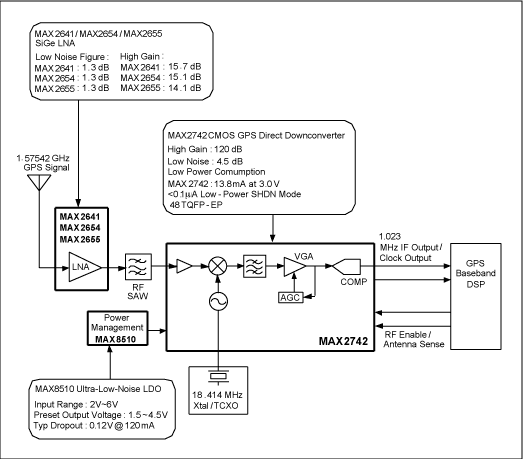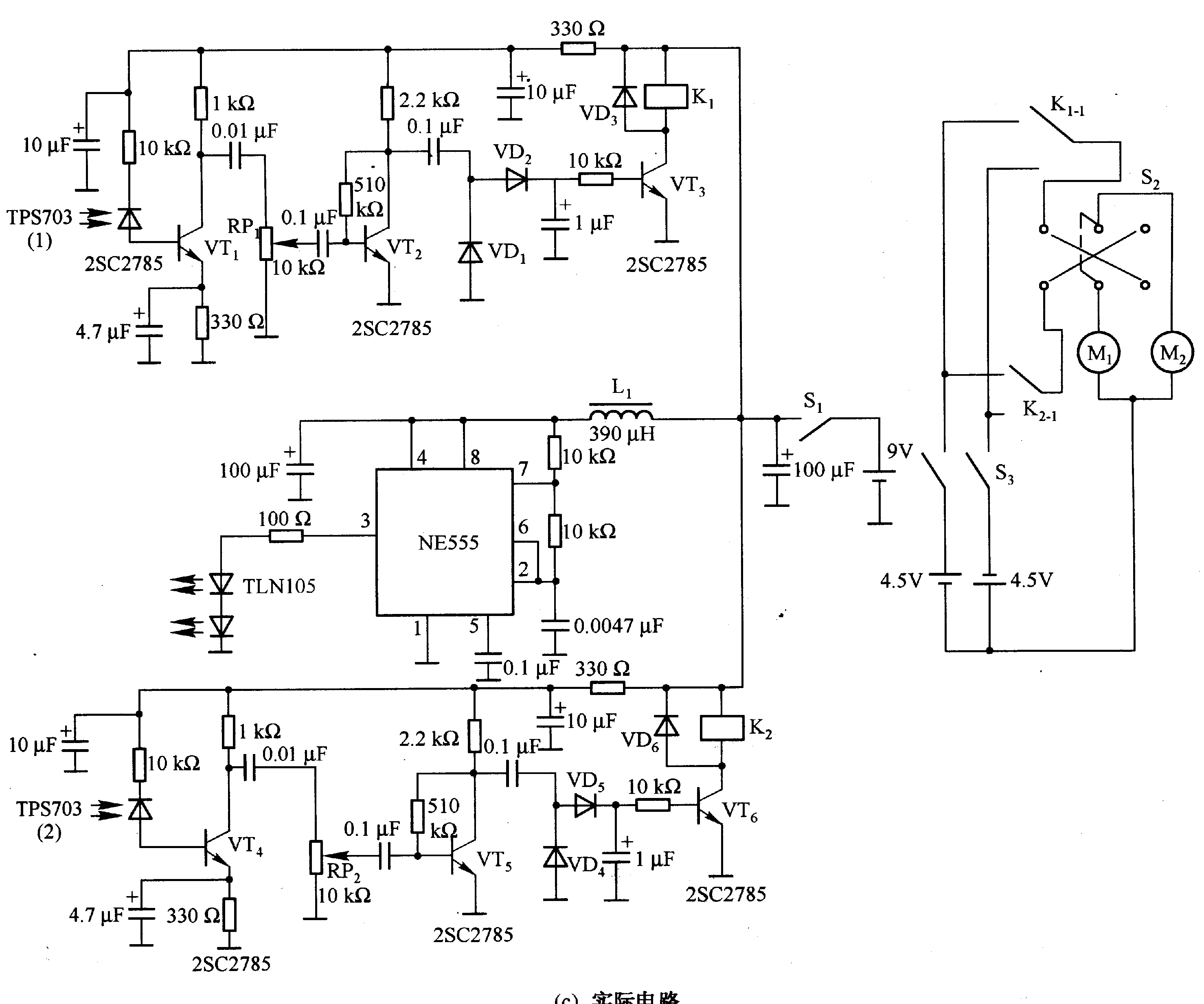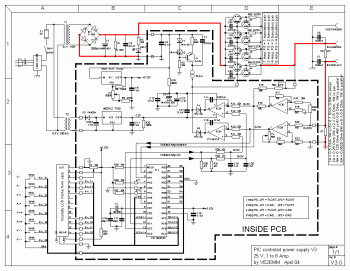
Unity gain line from the MAX4450 4451 a driving circuit diagram
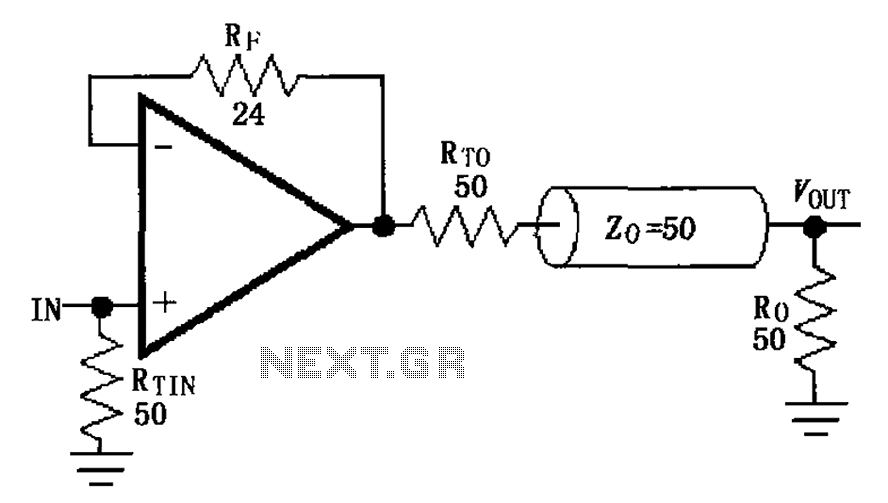
The MAX4450/4451 unity gain line is illustrated in the driving circuit. The MAX4450/4451 features internal compensation, a 24-ohm resistor in series within a feedback loop, along with capacitors and inductors that can reduce the Q value of the feedback loop formed in parallel to enhance the communication characteristics of the circuit. The output signal amplification utilizes a coaxial cable transmission line to minimize reflection during transmission. To achieve maximum power load, a terminating impedance of 50 ohms is selected, ensuring that the amplifier output impedance matches the characteristic impedance of the transmission line.
The MAX4450 and MAX4451 are precision operational amplifiers designed for high-speed applications with a unity gain configuration. In this setup, the internal compensation allows for stable operation across a broad frequency range, which is critical for maintaining signal integrity in communication systems.
The inclusion of a 24-ohm resistor in series within the feedback loop serves to set the gain and improve linearity, while the parallel capacitors and inductors are strategically selected to reduce the Q factor. A lower Q value indicates a broader bandwidth and improved transient response, which is essential for high-frequency signal processing.
The choice of a coaxial cable transmission line is significant for minimizing reflections, which can lead to signal degradation. By selecting a terminating impedance of 50 ohms, the system ensures that the output impedance of the amplifier matches the characteristic impedance of the transmission line. This impedance matching is crucial for maximizing power transfer and minimizing signal reflections, which can adversely affect the performance of the circuit.
In summary, the design of the MAX4450/4451 driving circuit incorporates various components and configurations that collectively enhance the communication characteristics of the system, ensuring efficient signal amplification and transmission. As shown by FIG MAX4450/4451 unity gain line in the driving circuit. MAX4450/4451 has internal compensation, a 24 resistor in series in a feedback loop, capacitors, and inducto rs can reduce the Q value of the feedback loop is formed in parallel to improve communication characteristics of the circuit. The output of the signal amplification using coaxial cable transmission line, for the transmission of the reflection minimum, to obtain the maximum power load, select terminating impedance (50 ), the amplifier output impedance and the characteristic impedance of the transmission line is equal to three, i.e., impedance matching.
The MAX4450 and MAX4451 are precision operational amplifiers designed for high-speed applications with a unity gain configuration. In this setup, the internal compensation allows for stable operation across a broad frequency range, which is critical for maintaining signal integrity in communication systems.
The inclusion of a 24-ohm resistor in series within the feedback loop serves to set the gain and improve linearity, while the parallel capacitors and inductors are strategically selected to reduce the Q factor. A lower Q value indicates a broader bandwidth and improved transient response, which is essential for high-frequency signal processing.
The choice of a coaxial cable transmission line is significant for minimizing reflections, which can lead to signal degradation. By selecting a terminating impedance of 50 ohms, the system ensures that the output impedance of the amplifier matches the characteristic impedance of the transmission line. This impedance matching is crucial for maximizing power transfer and minimizing signal reflections, which can adversely affect the performance of the circuit.
In summary, the design of the MAX4450/4451 driving circuit incorporates various components and configurations that collectively enhance the communication characteristics of the system, ensuring efficient signal amplification and transmission. As shown by FIG MAX4450/4451 unity gain line in the driving circuit. MAX4450/4451 has internal compensation, a 24 resistor in series in a feedback loop, capacitors, and inducto rs can reduce the Q value of the feedback loop is formed in parallel to improve communication characteristics of the circuit. The output of the signal amplification using coaxial cable transmission line, for the transmission of the reflection minimum, to obtain the maximum power load, select terminating impedance (50 ), the amplifier output impedance and the characteristic impedance of the transmission line is equal to three, i.e., impedance matching.
Warning: include(partials/cookie-banner.php): Failed to open stream: Permission denied in /var/www/html/nextgr/view-circuit.php on line 713
Warning: include(): Failed opening 'partials/cookie-banner.php' for inclusion (include_path='.:/usr/share/php') in /var/www/html/nextgr/view-circuit.php on line 713
